Basements are an excellent feature in any home. They can house essential home utilities, provide extra space for a growing family, a home office, storage, or anything you may need extra space for. Basements aren't all built the same, though. So what are the different types of basements? We researched this to help you understand what the differences are between each kind.
Basements come in all shapes, sizes, and different degrees of being underground. They also serve different purposes. The five types of basements are:
- Full basement
- Partial basement
- Walk-out basement
- Crawlspace
- Cellar
Who knew basements could vary so much? Each of these sublevels has its own qualities that make them beneficial to the homeowner. Read below to discover each type of basement. We'll discuss their general size, access points, where they're common, and what they can be used for.

What kind of basement do you need?
So theirs five types of basements, huh? If you're considering a basement when buying or building your home, you should know what you would like a basement for. Do you need it just for storage? Maybe you want some extra living space down the line? Do you want natural light in your basement? Because basements aren't all built the same, they'll serve different purposes. And knowing what each basement can offer can help guide you to choosing the right basement for your needs.
Finished & Unfinished
When it comes to the value of your basement, there is one question to be asked. Is the basement finished or not? A finished basement is often deemed a livable space with complete walls, ceiling height, and the flow of the home's main level continues into the basement. Although not considered a story, a finished basement can add tremendous value to your home. A finished, livable basement can be a full, partial (not as common), or a walk-out basement.
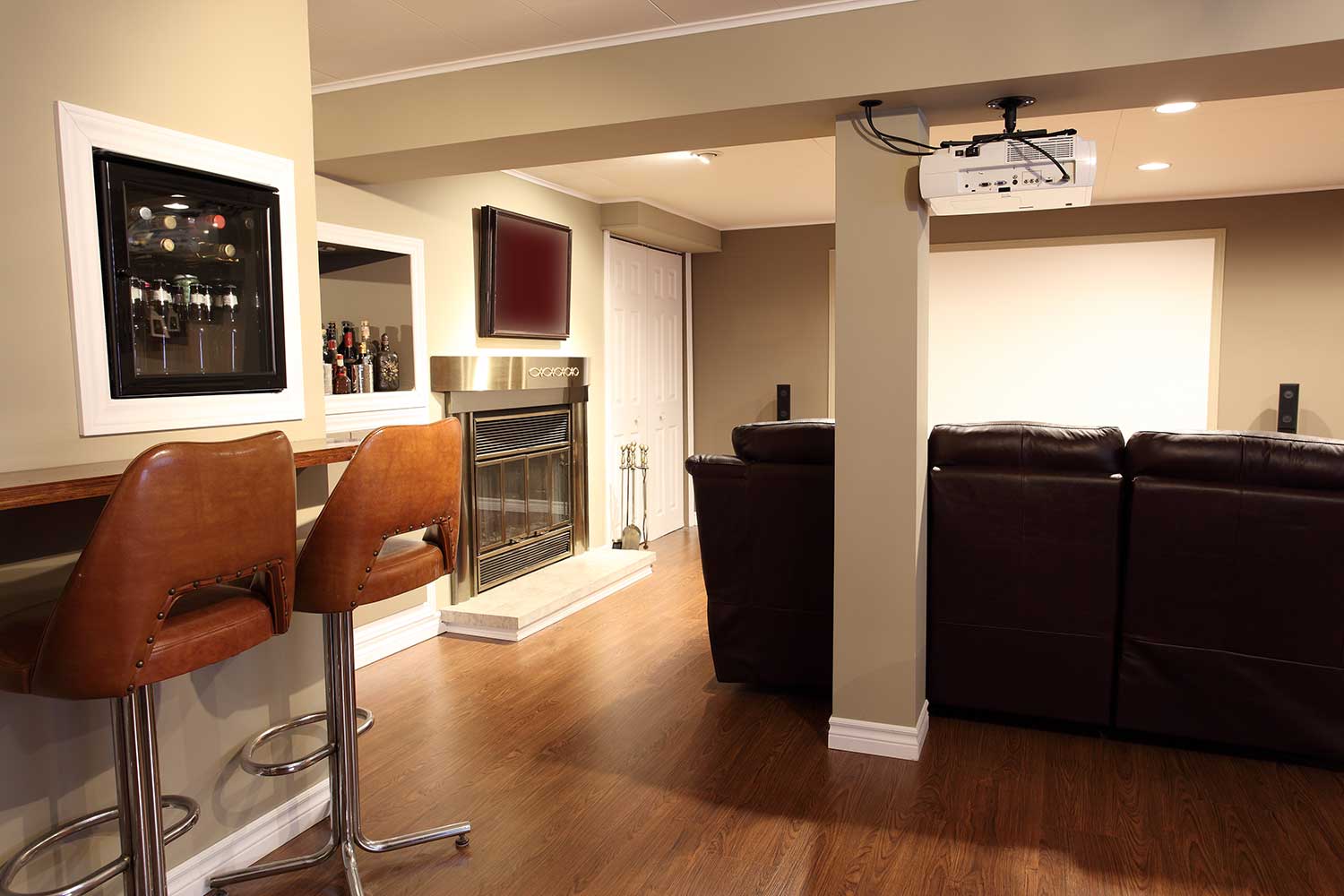
Full Basement
A full basement can be featured in any home across the country, although in areas prone to flooding, basements are not common. Full basements cover the entirety of the home's ground-level square footage. Ceilings in a full basement are high enough for one to walk around, but to be considered a finished basement (a livable space), the ceiling height must be at least seven feet. Full basements can be wholly underground or partially exposed near the ceiling. Stairs from the main level will give you access to the basement. Full basements can be used for anything you can think of. The possibilities with a full basement are endless, from extra bedrooms and baths, entertaining spaces, or used as a storm shelter.
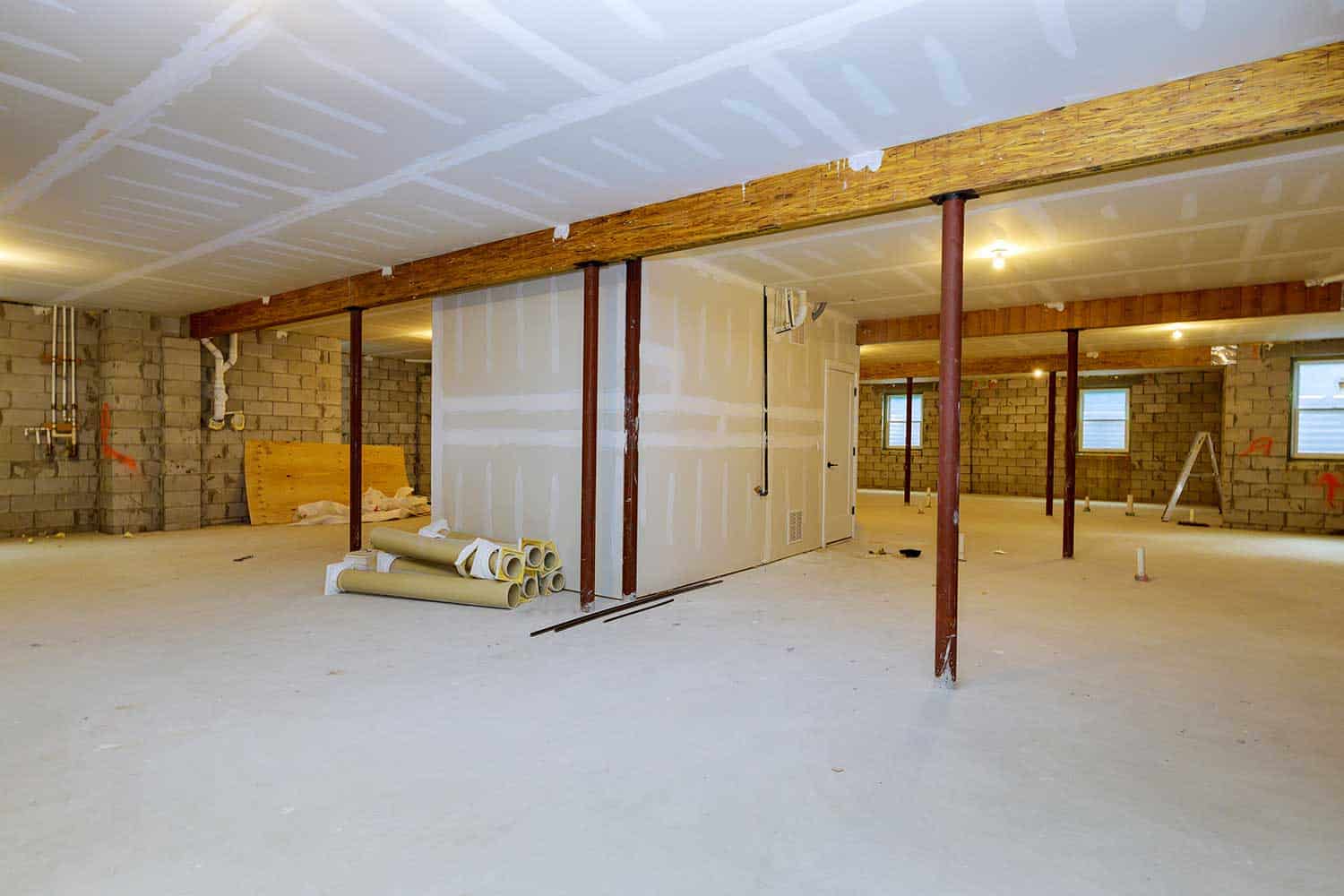
Partial Basement
A partial basement usually occurs when a house has added on an addition. This results in a basement only covering part of the house. Some homes are built with partial basements, usually about half the size of the ground level. Although not common, partial basements can provide some much-needed extra storage space. These types of basements can be found all across the country.
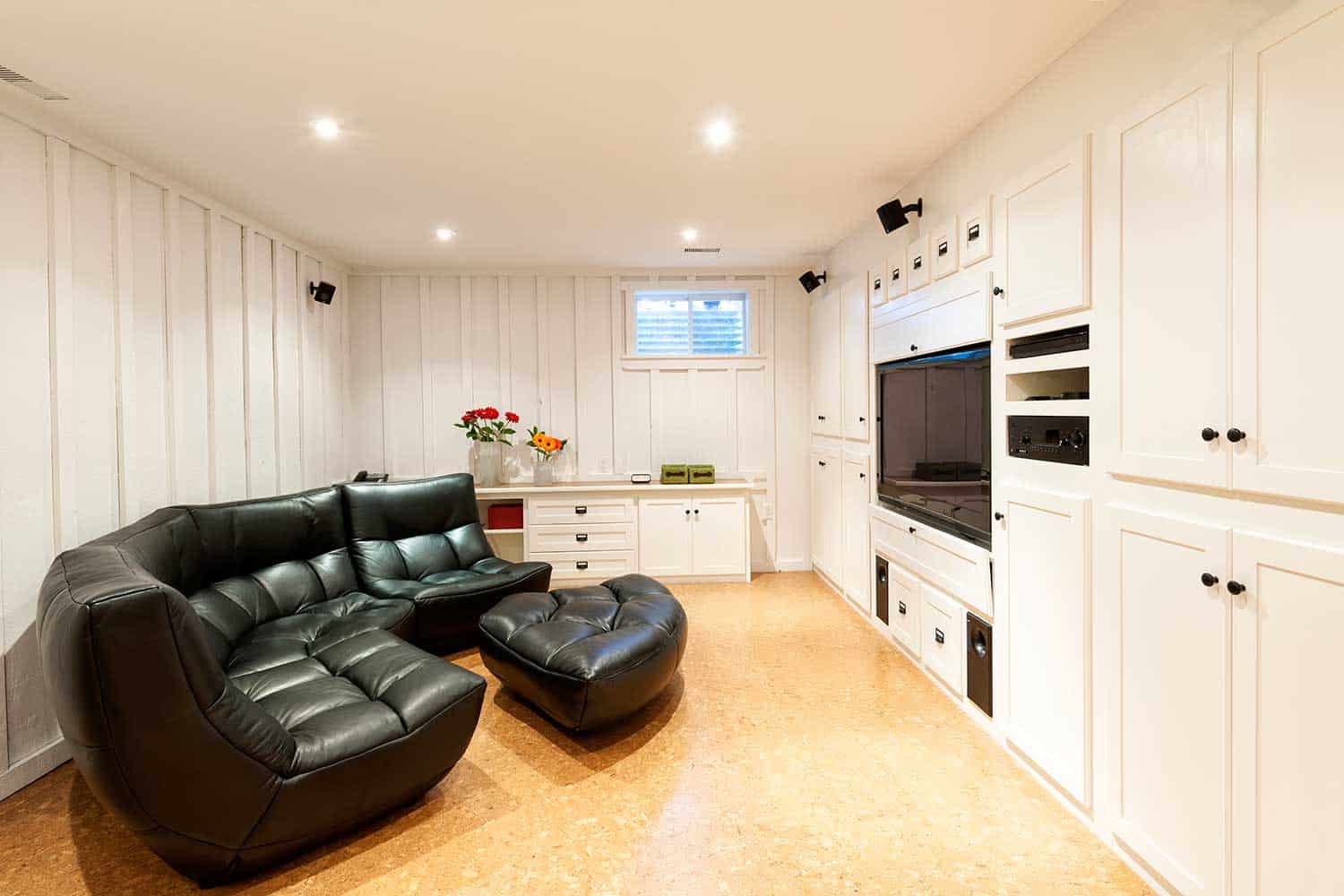
Walk-out Basement
A walk-out basement can be a full or partial basement. This type of basement only occurs when the house is built into a slope, typically found in hilly or mountainous areas. Usually, half of the basement is underground, and the other half is exposed, and one wall features a door and windows, allowing one to walk out. Walk-outs are generally full-height basements with a ceiling higher than five feet and contain a stairwell to the ground level. Walkouts can serve a variety of functions and can be a completely livable space.
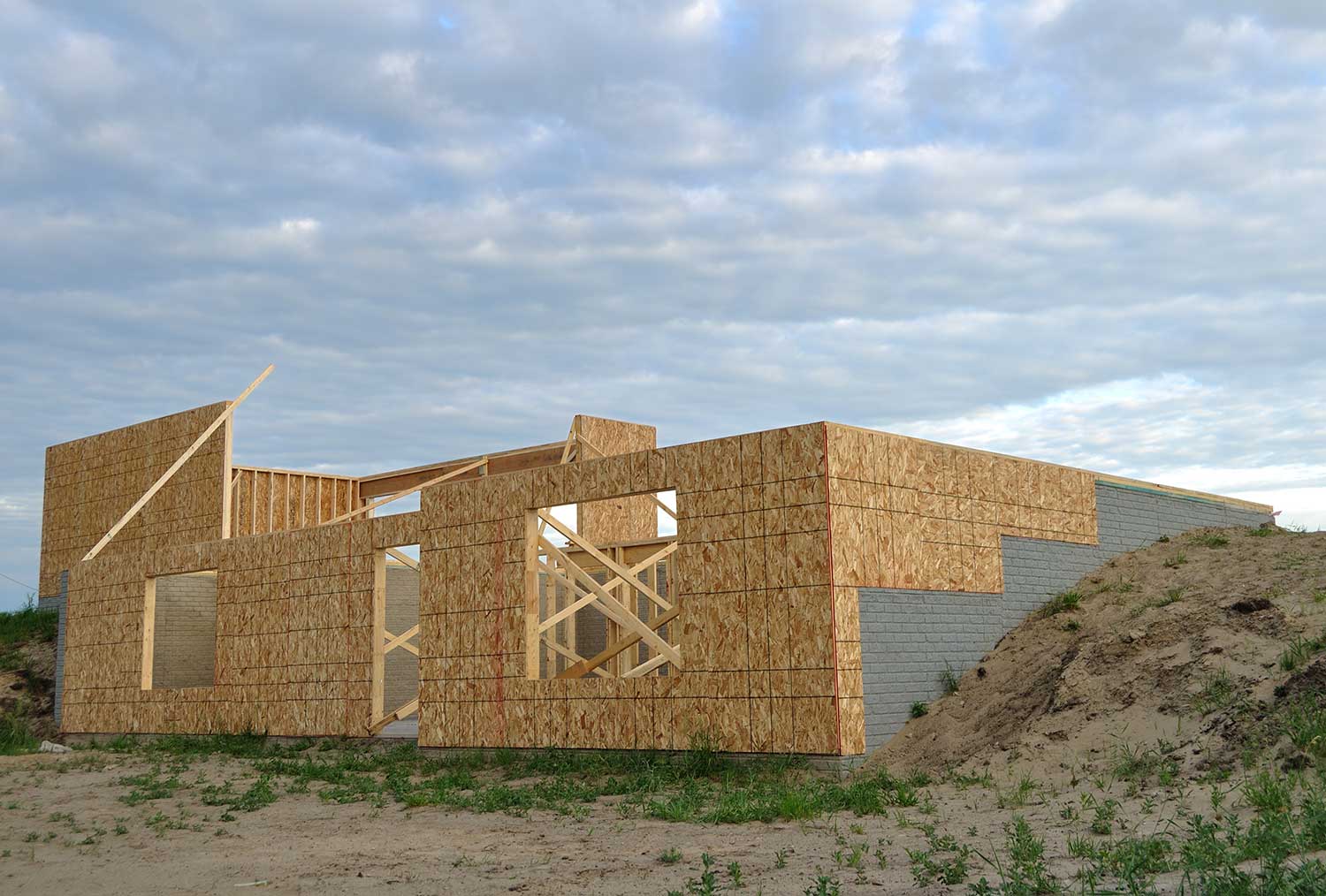
Crawlspace
Common all across the country, these spaces are big enough to crawl into (hence the name) but not big enough to walk in. A crawlspace is a type of basement with limited use. A crawlspace can is generally 3 to 4 1/2 feet in height. Anything higher than 4 feet 11 inches is considered a basement. As a part of your home's foundation, a crawlspace can be as wide and long as your house, or it can cover just a portion of it.
Given the limited headroom, this basement type is used mostly for utilities, making it easier to access plumping and ductwork under the house. This space may also be used to store things you may not use frequently. Crawlspace entries can be anywhere in a home. Many crawlspaces have a hatch on an exterior wall of the house, being accessed from outside. Some have an opening in a garage or an access door in the home.

Cellar
Defining a cellar may vary depending on what part of the country you live in. Generally, cellar walls are almost entirely underground. Access to cellars is almost always through an outdoor entry called cellar doors (some people call them Bilco doors). Since cellars weren't designed to be living spaces, the ceiling height may vary. Traditionally cellars have dirt or stone floors, although some may be concrete.
These underground areas were traditionally used to store canned goods, fruits, vegetables, and wine (thus the term root or wine cellar). Today, many people use their cellars just for extra storage. Homes with cellars can be found in older homes and rural areas across the country.
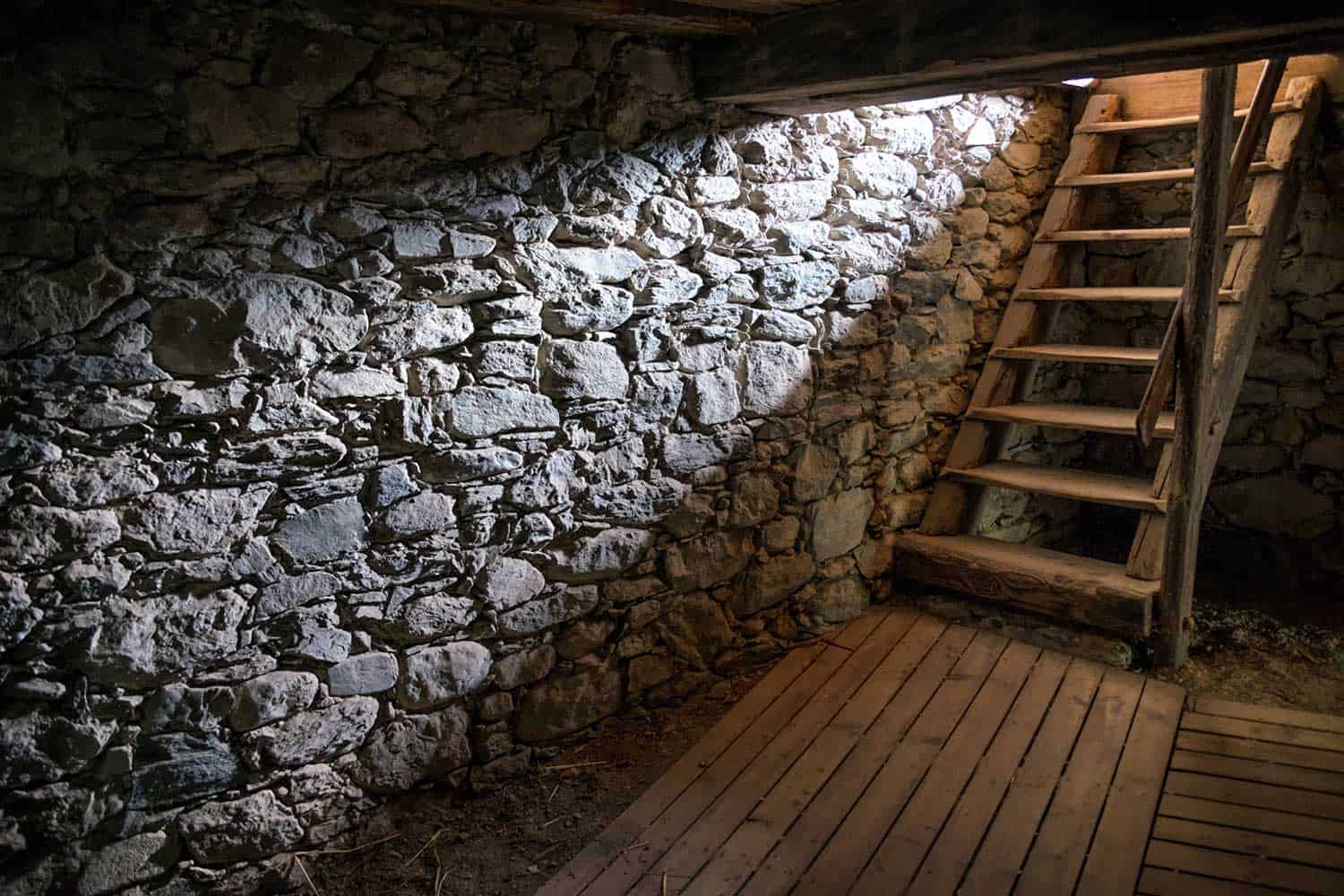
The Bottom Line
Who knew basements could come in so many sizes and have so many uses? When considering a basement, you have a few options. But, whether you choose a full, partial, or walk-out basement, you'll have tons of options to convert extra space. Whether or not your basement is a finished space or not, a basement will always add extra value to your home. Going with a crawlspace or cellar may not give you extra living space, but you'll have plenty of storage room to keep your house clutter-free!
Before you go, make sure to check these other basement articles:
Is The Basement Considered A Story?
The Purpose Of A Basement (And Why Some States Don’t Have Them)
